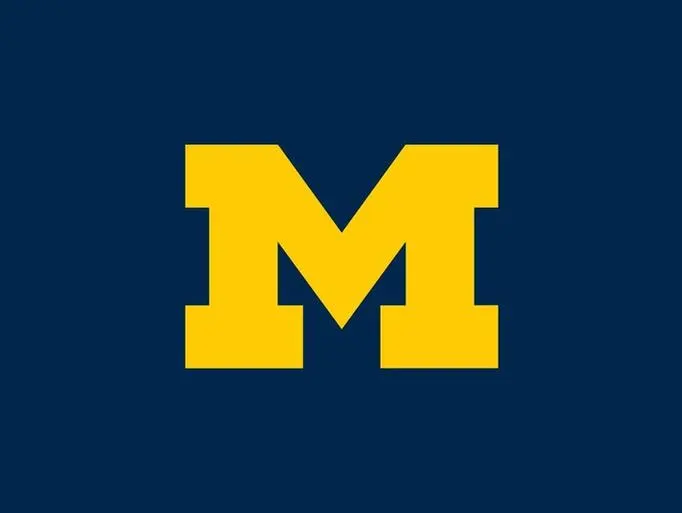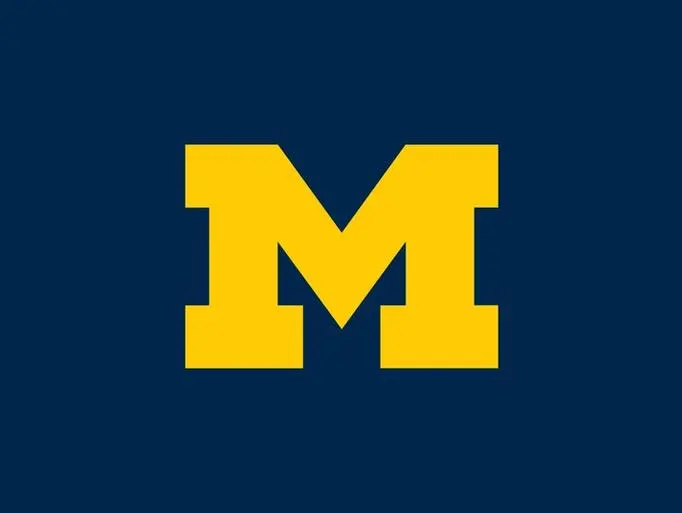
Solar Initiatives
Last Updated January 15, 2025
Skip to main content

Last Updated March 28, 2025

The Campus Connector is a concept currently being explored by the university to provide efficient high-capacity transit between the central, medical and north campuses in Ann Arbor. The concept would feature two major components: (1) a high-capacity bus rapid transit (BRT) system; and (2) an automated transit system (ATS) using electric passenger cars with rubber tires for noise reduction running along an elevated guideway.
Discussions about a Connector have a long history dating back to 2010 when the concept was first developed between the university and the City of Ann Arbor. Work to refine the possibilities has taken place gradually over the years and resulted in a long-range multi-year effort. Yet, a great deal of work and engagement lies ahead to determine transit routes, select equipment, receive approvals and complete construction.
What’s the timeline for designing and launching the Campus Connector’s automated transit system?
This project is still very early in the planning process. In early February 2025, U-M issued a Request for Proposals to identify prospective partners for an elevated automated transit system. The project is subject to Regental approval; therefore, it is possible a transit route will not be determined until 2026 or later. Completion would likely take an additional five years or more.

When did this concept begin?
U-M has been exploring a Connector concept for more than a decade, in collaboration with the city of Ann Arbor, the Ann Arbor Downtown Development Authority, the Ann Arbor Area Transportation Authority, and various members of the local community. Feasibility studies began at that time.
Will there be more community engagement before the ATS route is finalized?
Yes, as the university explores the Campus Connector, it will continue to work with and learn from both the university and local community, including students, faculty, staff, community residents, city administrators, elected officials, university alumni and others.
What are the goals of the connector?


Last Updated January 15, 2025

Last Updated September 30, 2024